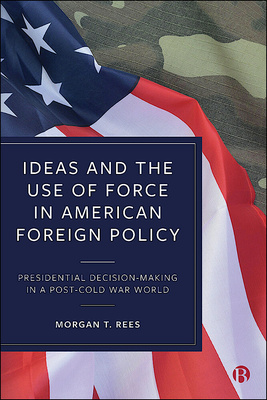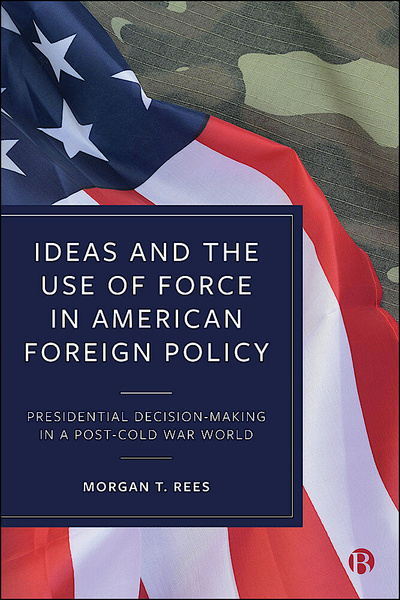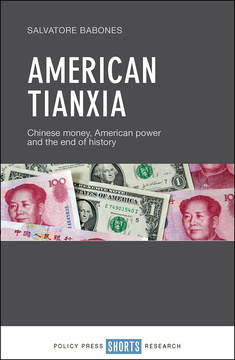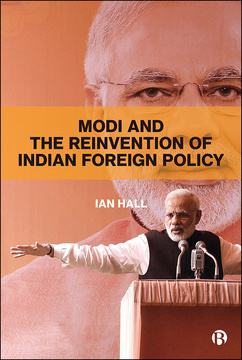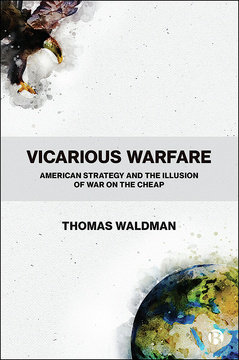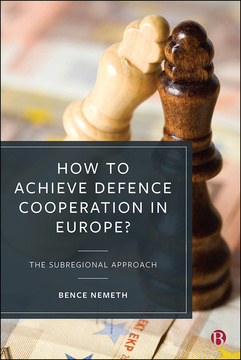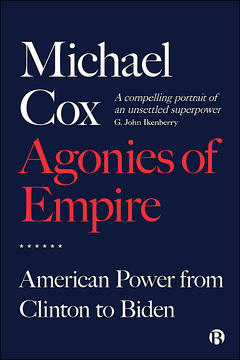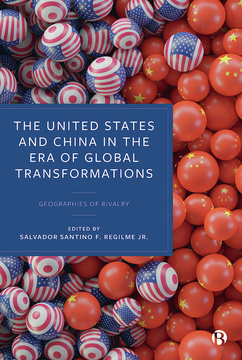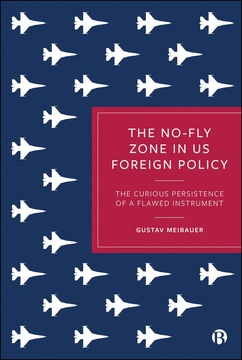Ideas and the Use of Force in American Foreign Policy
Presidential Decision-Making in a Post-Cold War World
By Morgan Rees
Published
Nov 10, 2021Page count
232 pagesISBN
978-1529215908Dimensions
234 x 156 mmImprint
Bristol University PressPublished
Nov 10, 2021Page count
232 pagesISBN
978-1529215915Imprint
Bristol University PressPublished
Nov 10, 2021Page count
232 pagesISBN
978-1529215915Imprint
Bristol University PressThe decision to mount an armed foreign intervention is one of the most consequential that a US president can take. This book sets out to explain why and when presidents choose to use force.
The book examines decisions to use force throughout the post-Cold War period, via flashpoints including the Balkans, the ‘War on Terror’ and the Middle East. It develops new explanations for variation in the use of force in US foreign policy by theorizing and demonstrating the effects of the displacement and repression of ideas within and across different US presidential administrations, from George H.W. Bush to Donald Trump.
For students, scholars and anyone with an interest in international relations and global security, this book is an original perspective on a defining issue of recent decades.
"A sweeping reassessment of post-Cold War US foreign policy, this book reveals the power of ideas to repress and displace in the march to war and its avoidance. Across eight cases, Rees argues that the ideational trumps interests in order to make sense of American military (non-)intervention over the past thirty years.” Jack Holland, University of Leeds
“In this vivid, empirically rich, ambitious and accessibly written book, the talented Rees utilizes discursive institutionalism to understand crises and decisions in US foreign policy.” Brent J. Steele, University of Utah
Morgan T. Rees completed his PhD at Griffith University in 2019 and currently works as a sessional lecturer at Griffith University and the University of Queensland. His research interests include Foreign Policy decision-making, International Relations theory, and American Politics.
Part 1: Disaggregating Ideas in American Foreign Policy
1. Ideas and the Use of Force in American Foreign Policy
Part 2: US Foreign Policy and Mass Atrocities in the Balkans
2. ‘We Don’t Have a Dog in the Fight’: Ethnic Cleansing in Bosnia
3. ‘What Should I Tell My Daughter?’: The Massacre at Srebrenica
Part 3: US Foreign Policy and Terrorism
4. ‘Wag the Dog’: Terrorism in the 1990s
5. ‘America Is Under Attack’: From the War on Terror to Iraq
Part 4: Obama and Mass Atrocities in the Middle East
6. ‘This Is Like Rwanda’: How the Road to Libya Ran Through Rwanda
7. Syria: ‘There Was No Benghazi To Be Saved’
Part 5: ‘America First’ and the Use of Force
8. From ‘America First’ to Saving ‘Beautiful Babies’ in Syria
9. The 2020 Iranian Crisis: De-escalating from the Use of Force
Part 6: Conclusions
10. Ideas and Foreign Policy Variation







